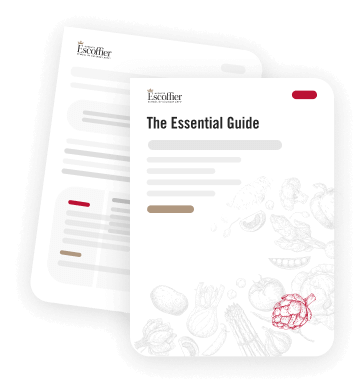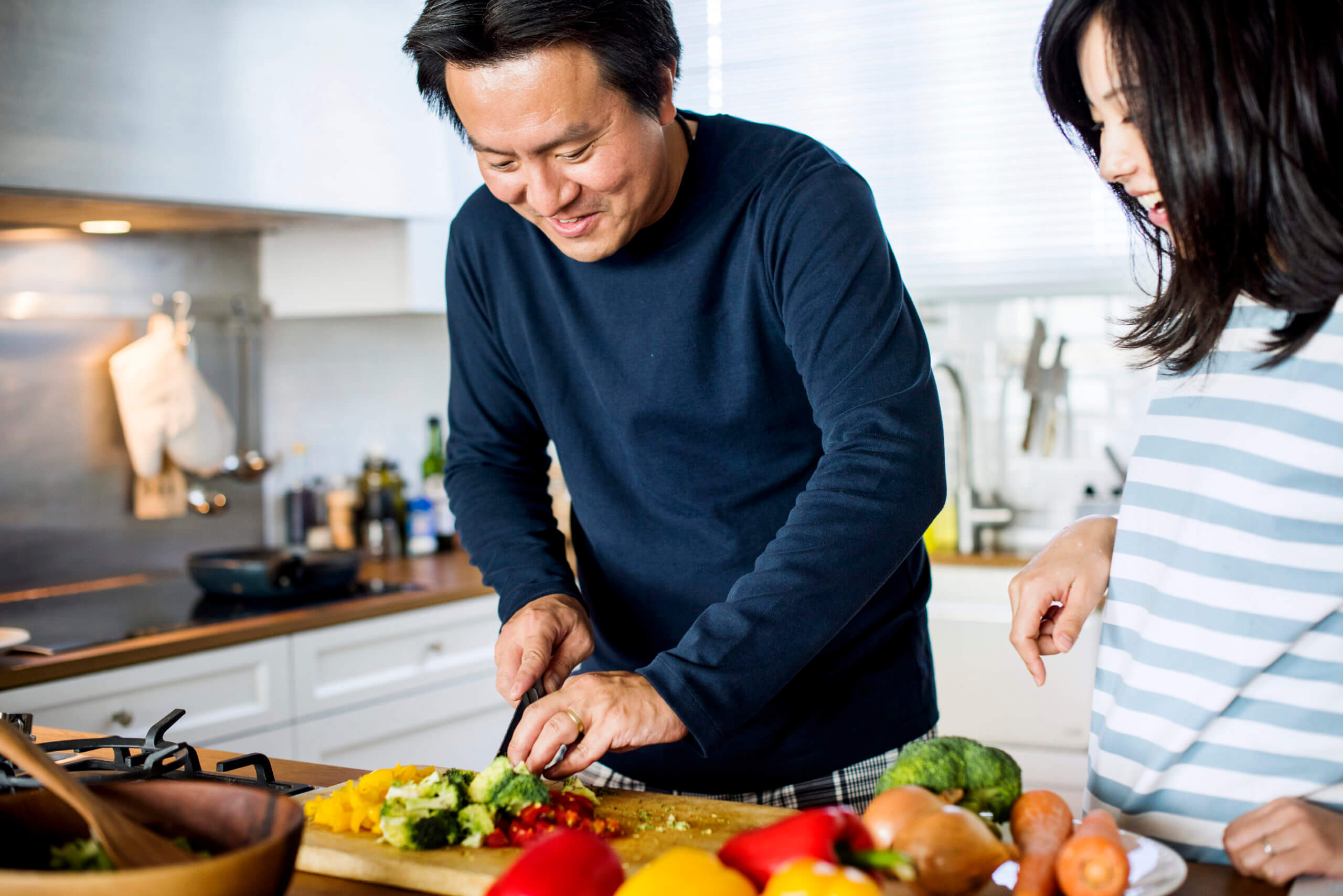Technique Tuesday – Saute, Chop, Cut In

Most cooking enthusiasts are acquainted with, if only by name, various kitchen, cooking or baking terms but may not really understand what they mean and how they affect a dish’s aroma, taste and texture. This blog is the first in a series that will help illustrate different kitchen techniques and methods. Some that may be familiar and others that are new.
Auguste Escoffier School of Culinary Arts Home Gourmet understands that not everyone desires to or is able to become a chef, but we want to provide our home cooks with the capacity to improve their cooking skills with knowledge that promotes confidence and pride in the kitchen. Our partnership with America’s Test Kitchen is the perfect union for doing just that. As two of the industry’s leading sources for online culinary training, each organization prides itself on its commitment to helping today’s cooking enthusiasts meet their greatest potential, whether they’re advanced in their craft or just starting out.
So join us for ‘Technique Tuesdays’ as we feature three terms defining, explaining and providing examples of how each are used. You never know what you can accomplish in the kitchen with this additional education.
Sauté
Appropriately enough for Escoffier, the word ‘sauté’ is a French. It means jump or bounce in reference to tossing while cooking. Sauté is a method of cooking that uses a small amount of fat in a shallow pan over relatively high heat.
To sauté ingredients they need to be cut into pieces or thinly sliced to facilitate rapid cooking. Perfect for sautéing are tender meat items such as beef tenderloin, chicken breast, fish, etc., and most any vegetable. With meat you may employ a finishing process called deglazing. This is the scraping of the bottom of the pan while adding a liquid to make a complementary sauce. (More on deglazing in a future blog).
To learn more about sautéing, check out our online cooking class Secrets to Sautéing.
Chop
When you ‘chop’ a food item you are usually preparing it as an ingredient to a dish. There are different types of chops, or cuts, that produce various shapes. A few such cuts are julienne-perfect for stir-fries, soups and garnishes; brunoise-great for sauces, this is a small dice cut easily produced after you julienne; and mince-an even smaller cut than brunoise when the ingredient is used mainly for overall taste and not texture. When chopping any ingredient it’s important to maintain shape and size so that all cook evenly and at the same time as it does affect the flavor, aroma and texture of a dish.
Our Best Beef Stew online cooking course incorporates a few different types of cuts, or chops, and is a great course to practice this technique.
Cut In
You may be familiar with the term ‘cutting in’, in reference to butter within a pastry recipe. “Cutting in” means incorporating the butter into the flour in such a way that little lumps of raw butter remain whole within the flour mixture. However, many home cooks and professional pastry chefs alike know that you can use your hands to cut in. But did you know that you can also use a food processor? The reason that a food processor does work for cutting in butter is because you want the butter to stay ice cold and well, the longer you have your warm hands in the mixture the more the butter softens.
Consider our online cooking class, How to Make Foolproof Pie Dough, to practice your ‘cutting in’ technique.
Check back in with us as we continue with our Technique Tuesday blog series where we will highlight different types of kitchen techniques and cooking methods. Next up is Roast, Beat and Fold.

